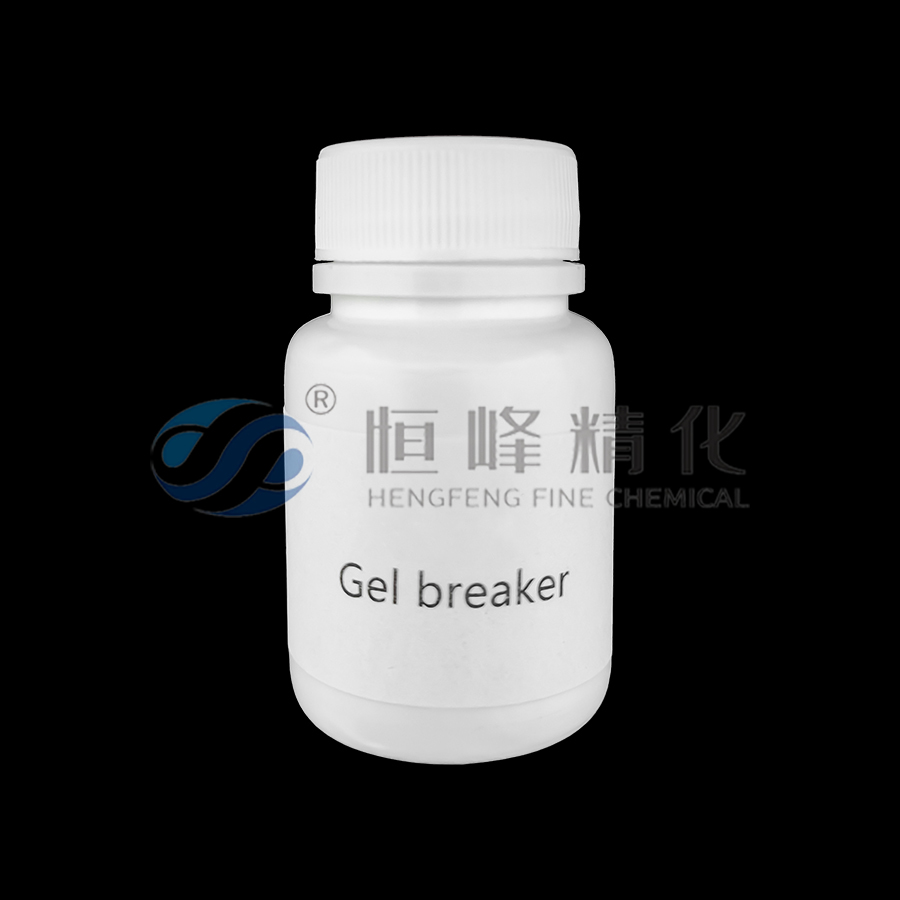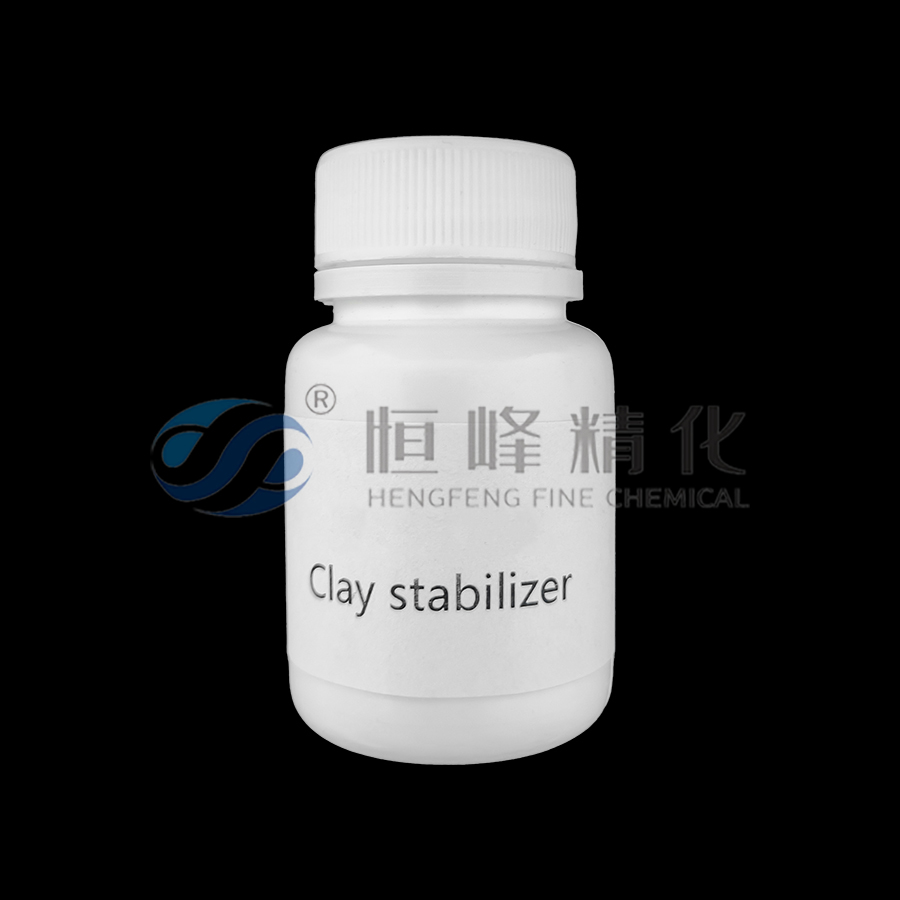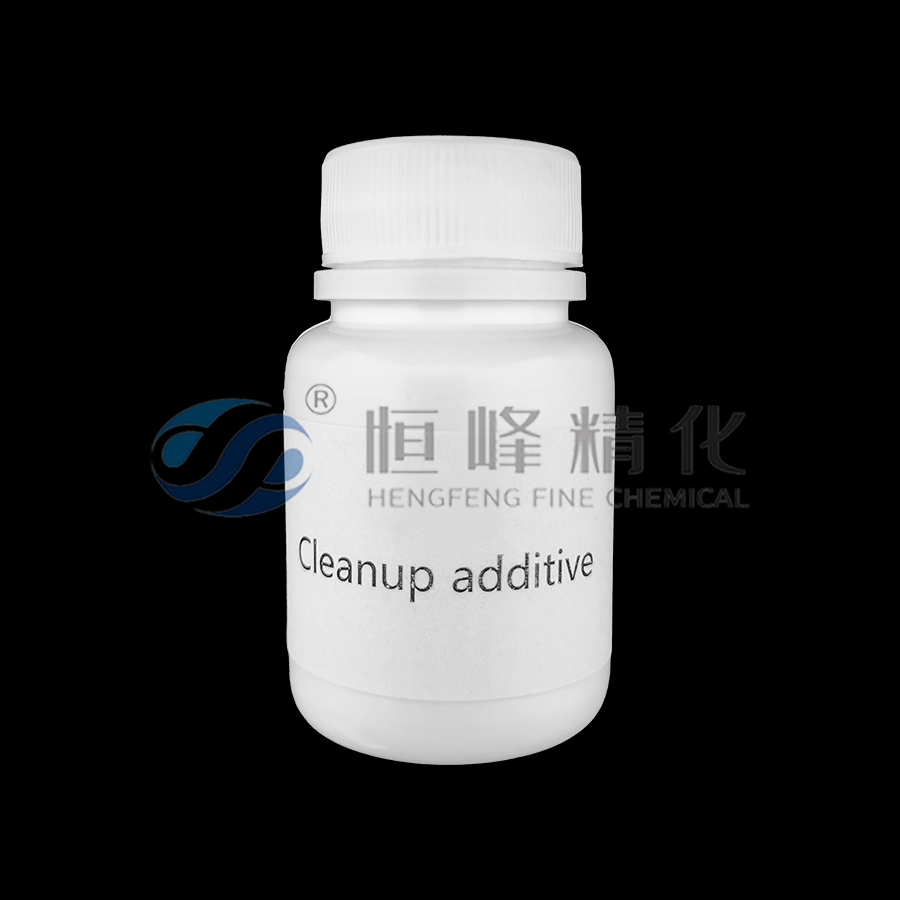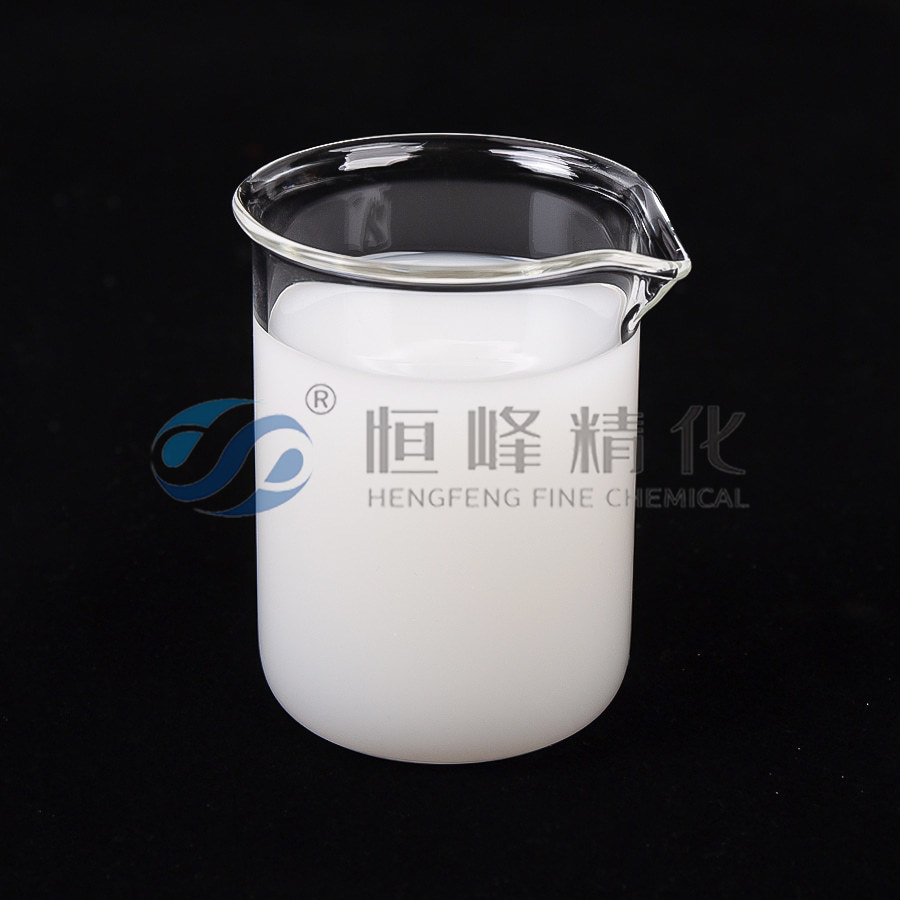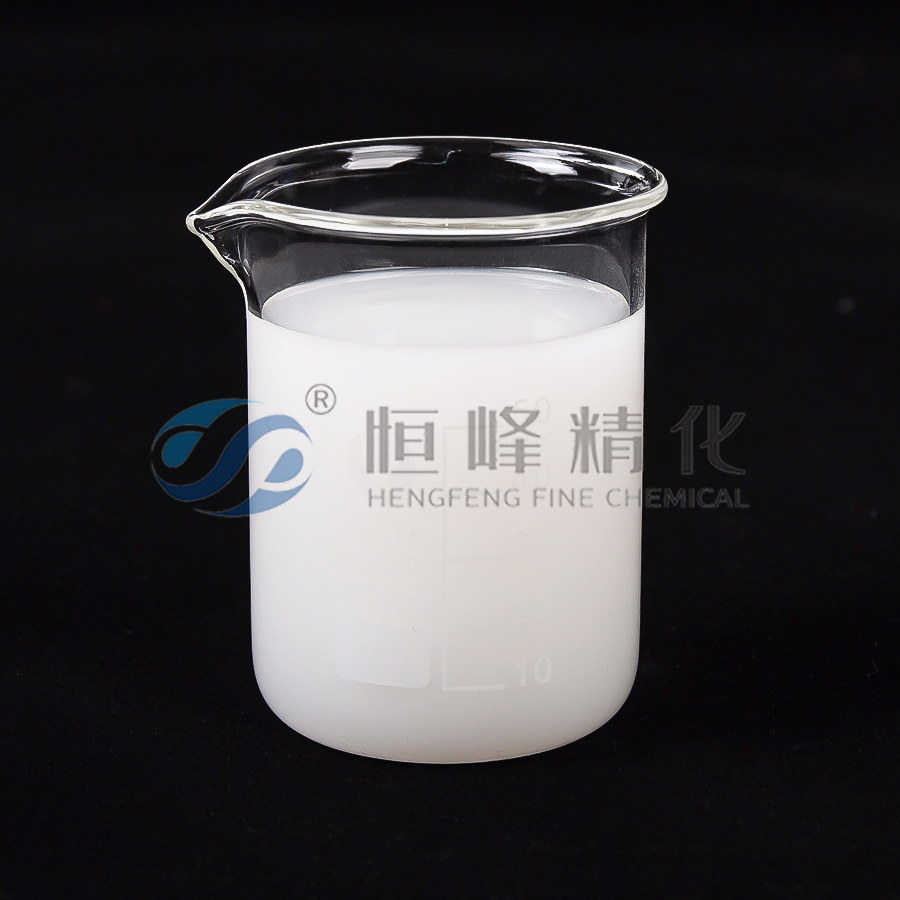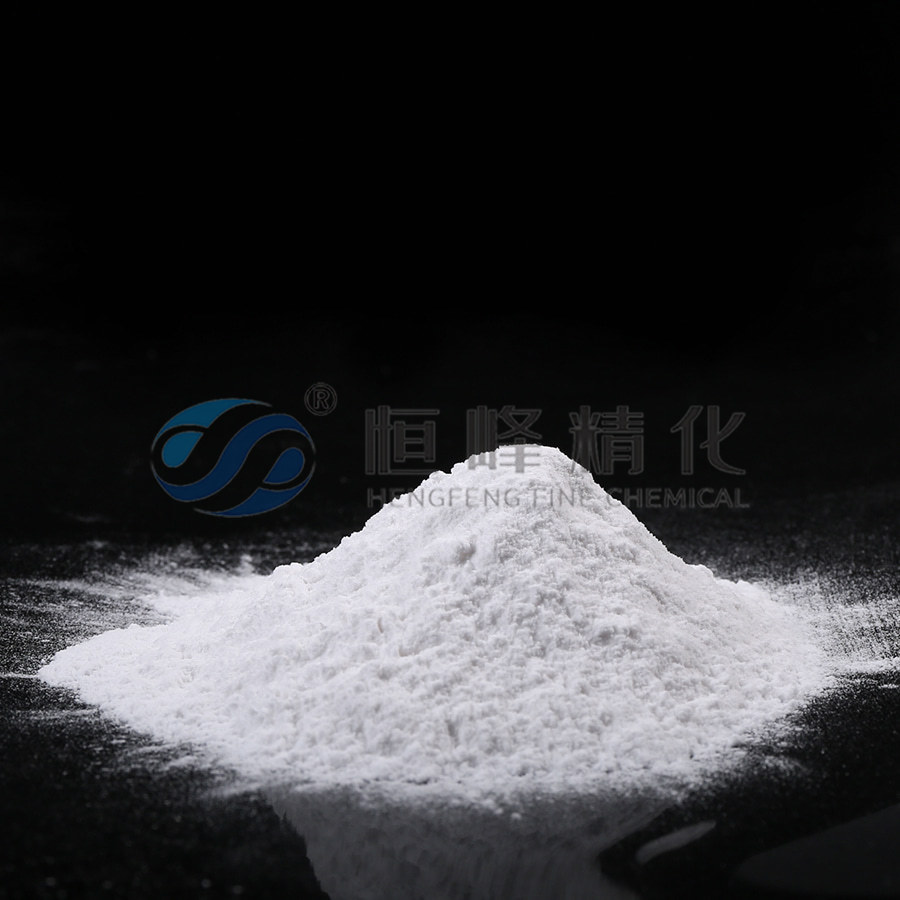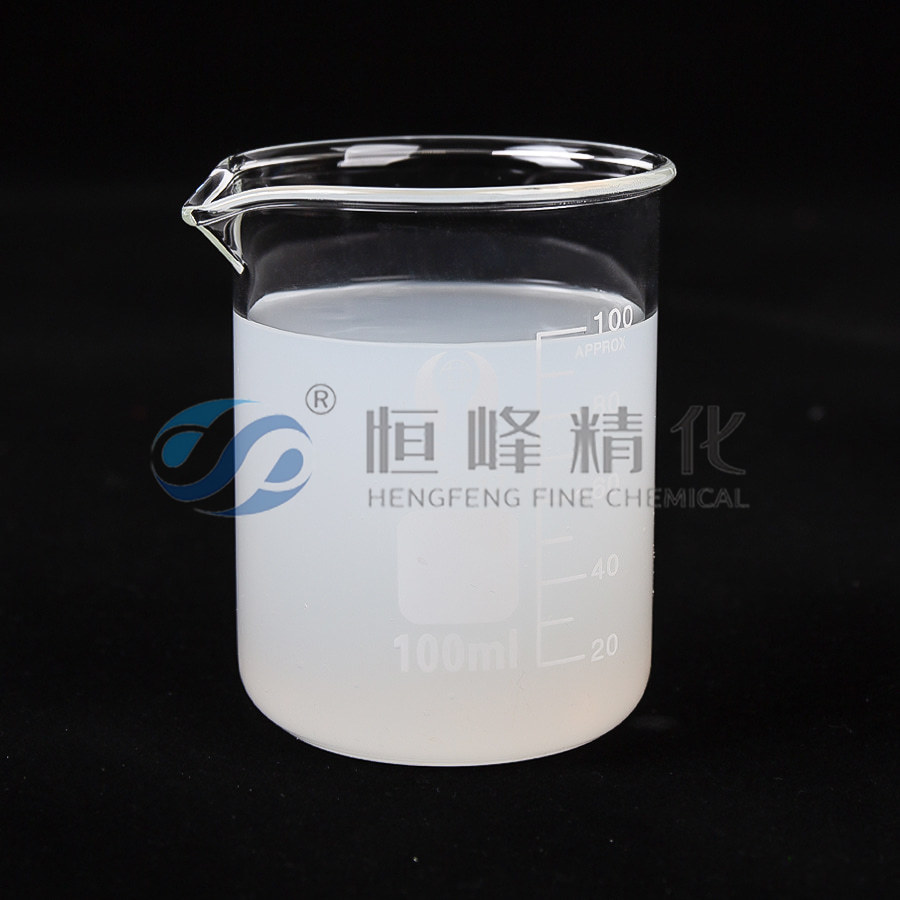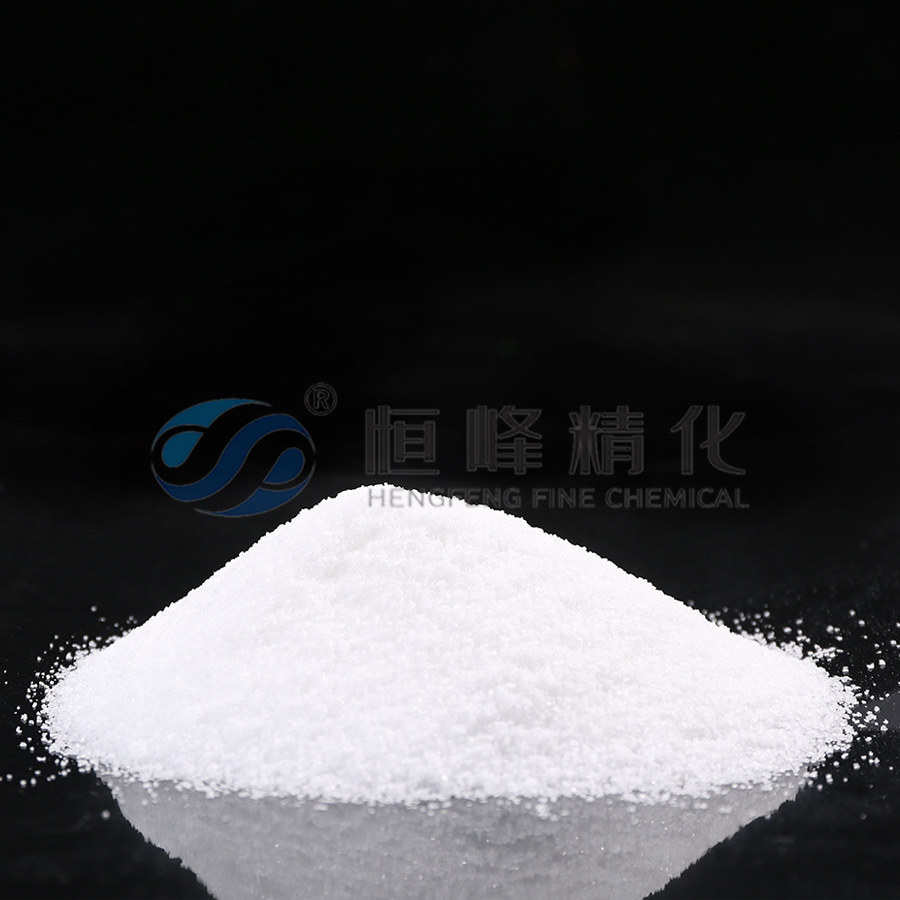Choosing the Right Polyacrylamide: Anionic vs Cationic vs Nonionic for Industrial Water Treatment
In the world of industrial water treatment and solid-liquid separation, the choice of flocculant can significantly impact both process efficiency and operating costs. Among the many available solutions, polyacrylamide-based polymers are widely used due to their high effectiveness and versatility. However, not all polyacrylamides are created equal. Understanding the differences between anionic, cationic, and nonionic polyacrylamides—and more importantly, knowing where each performs best—is critical for optimizing results in various industrial settings.
Anionic Polyacrylamide Powder is particularly effective in treating wastewater with high levels of suspended solids that carry a positive charge. Its negatively charged functional groups interact with positively charged particles in the water, promoting rapid flocculation and clear separation. Industries such as coal washing, mineral processing, papermaking, and construction often favor the anionic variant because their waste streams typically contain inorganic particles like clay, silica, and metal oxides that respond well to anionic flocculants. Its wide application range and strong adaptability make it a practical and cost-effective choice for many.
On the other hand, cationic polyacrylamides work best in environments rich in organic matter or negatively charged particles, which are common in municipal wastewater, food processing, and textile effluent. These polymers can form strong electrostatic bonds with organic solids, which helps in sludge dewatering and reducing overall sludge volume. While cationic polyacrylamides tend to be more expensive than anionic types, they offer clear performance advantages in certain contexts, especially in biological sludge treatment systems.
Nonionic polyacrylamides, although less commonly used, fill a unique niche. Their neutral charge makes them suitable for treating water with a mixed or unstable ionic composition where neither anionic nor cationic polymers would be ideal. These are often used in combination with coagulants like aluminum sulfate or ferric chloride in applications requiring a gentle flocculation process, such as in papermaking or certain types of chemical manufacturing. While their market share may be smaller, nonionic polyacrylamides serve a critical purpose in fine-tuning treatment systems.
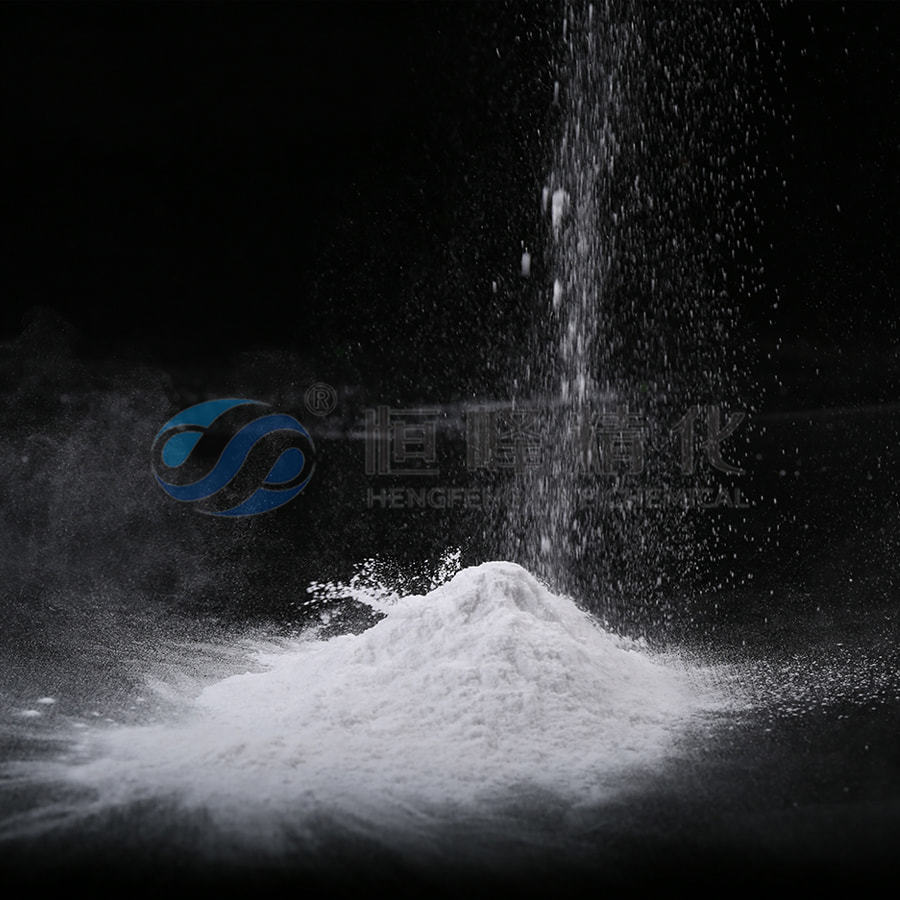
Choosing between these three types isn’t just a matter of charge—it also depends on process design, water chemistry, and specific treatment goals. For instance, Anionic Polyacrylamide Powder tends to perform better in systems with a higher pH, while cationic types are more effective at neutral to slightly acidic pH levels. Particle size, temperature, and mixing conditions also influence polymer performance. In many cases, pilot testing with site-specific water samples is the most reliable way to determine the best formulation and dosage.
From a manufacturer's perspective, helping clients choose the right flocculant is part of delivering value—not just a product. Whether you're in mining, oil refining, or pulp and paper, using the wrong polymer can lead to poor settling, increased chemical consumption, or even regulatory compliance issues. That’s why we emphasize not only the quality of our Anionic Polyacrylamide products but also our technical support in optimizing treatment strategies based on real-world conditions.
Each type of polyacrylamide has its strengths, and the key is matching the right chemistry with the right application. While Anionic Polyacrylamide Powder remains a go-to solution for many industrial sectors, understanding when to consider cationic or nonionic alternatives can make a measurable difference in performance and cost-effectiveness. Making informed decisions here isn’t just good practice—it’s a smart investment in your operation’s efficiency and sustainability.


 English
English Español
Español عربى
عربى Русский
Русский Tiếng Việt
Tiếng Việt




